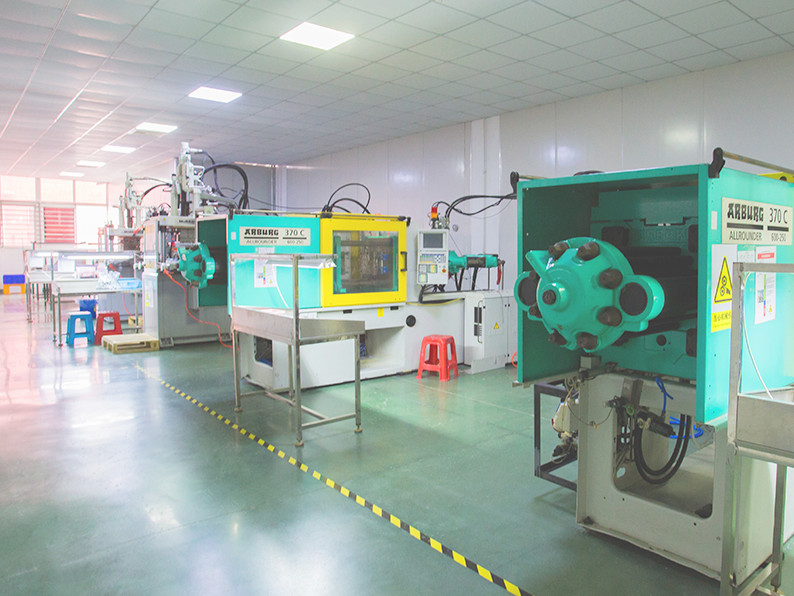The overmolding process applies to a wide variety of industrial and manufacturing industries. It is a custom injection molding process that produces a base component or part to create a final product. This process enables us to use more than one layer of rubber or plastic to make industrial parts even stronger, more aesthetic, or to add a function.
Overmolding is helpful in industries where they need to rapidly manufacture prototypes of various industrial machine parts. The process also comes in handy where custom parts are made by overlaying plastic or rubber with other materials such as metals.
Injection Overmolding Process
What makes injection overmolding process different? Manufacturers will inject the substrate and the elastomer into the same mold at the same time. This adds another element to the process since both materials need to be compatible for this to work. One of the biggest benefits of the injection molding process is all materials are in a molten state. This allows for the highest quality overmolding and adhesion between materials.
The injection overmolding process usually includes the following steps:
Design and Molds: The first step in the injection overmolding process is the design and development of molds and tooling. This involves creating a detailed design of the component and selecting appropriate materials and process parameters. Molds and tooling are then made to produce the required components.
Setup: Once the mold and tooling are complete, the injection molding machine can be set up for the overmolding process. This includes installing the mold in the machine, setting process parameters, and ensuring all necessary materials and equipment are in place.
Preforming: In some cases, a preforming process may be required before the overmolding process begins. This may involve injection molding of individual components or inserting preformed components into a mold.
Injection: Once the first material has been injected and has cooled to a certain point, the second material is injected over the first material. The material is heated and pressurized as it is injected into the mold, filling the cavity and taking on the shape of the component.
Overmolding: Once the first material has been injected and cooled to a certain level, a second material is injected over the first material. The second material is usually injected at lower temperatures and pressures to avoid damaging the first material.
Cooling and ejection: After the overmolding process is complete, the mold is allowed to cool and the components are ejected from the mold. Components are then inspected and completed as demand.
The injection overmolding process is a highly efficient and cost-effective way to produce complex and functional components with multiple materials.

